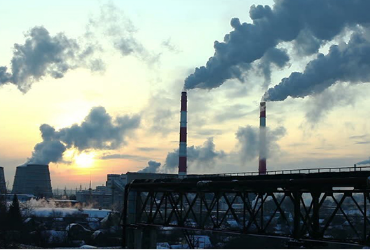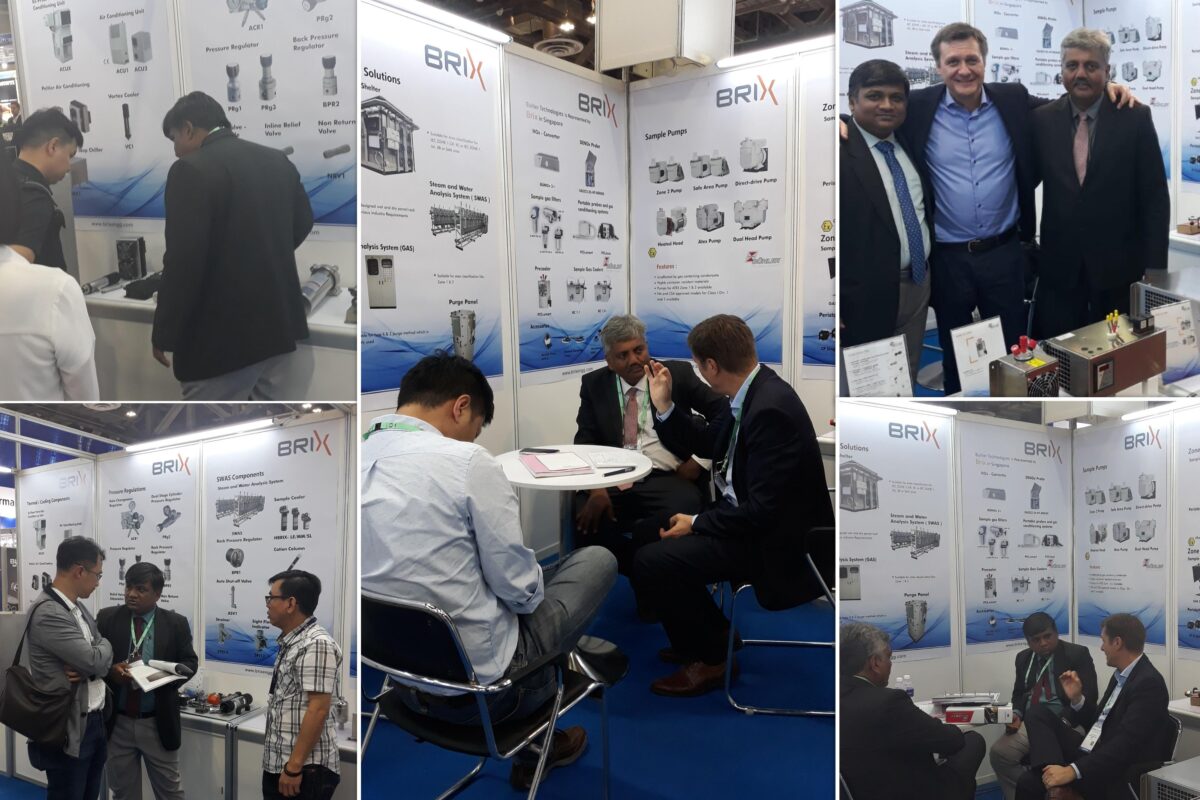Hazardous areas are defined by taking into consideration the various dangers presented by potentially explosive atmospheres. This hazardous area classification enables protective measures to be taken.
There are basically two major standards governing hazardous areas classifications:
- Classification in accordance with International Electro technical Committee (IEC),
- Classification in accordance with National Electric Code (NEC).
IEC classifies hazardous areas in Zones, whereas NEC classifies hazardous areas in Classes and Divisions.
Zone 0
Place in which an explosive atmosphere consisting of a mixture with air of flammable substances in the form of gas, vapor or mist is present continuously or for long periods or frequently.
Zone 1
Place in which an explosive atmosphere consisting of a mixture with air of flammable substances in the form of gas, vapor or mist is likely to occur in normal operation occasionally.
Zone 2
Place in which an explosive atmosphere consisting of a mixture with air of flammable substances in the form of gas, vapor or mists is not likely to occur in normal operation but, if it does occur, will persist for a short period only.
Zone 20
Area in which an explosive atmosphere in the form of a cloud of combustible dust in air is present continuously, or for long periods or frequently.
Zone 21
Area in which an explosive atmosphere in the form of a cloud of combustible dust in air is likely to occur, occasionally, in normal operation.
Zone 22
Area in which an explosive atmosphere in the form of a cloud of combustible dust in air is not likely to occur in normal operation but, if it does occur, will persist for a short period only.
The classes defines the general nature of hazardous material in the surrounding atmosphere and the division defines the probability of hazardous material being present in an ignitable concentration in the surrounding atmosphere
Class I Locations
Class I locations are those in which flammable gases or vapors are or may be present in the air in quantities sufficient to produce explosive or ignitable mixtures. Class I locations are further subdivided into two Divisions and three Zones.
Class I, Division 1: There are three different situations that could exist to classify an area as a Class I, Division 1 location:
- Ignitable concentrations of flammable gases or vapors may exist under normal operating conditions.
- Ignitable concentrations of such gases or vapors may exist frequently because of repair or maintenance operations or because of leakage.
- Breakdown or faulty operation of equipment or processes might release ignitable concentrations of flammable gases or vapors, and might also cause simultaneous failure of electric equipment.
Class I, Division 2: One of the following three situations must exist in order for an area to be considered a Class I, Division 2 location:
- Volatile flammable liquids or flammable gases are handled, processed or used, but the hazardous liquids, vapors or gases will normally be confined within closed containers or closed systems from which they can escape only in the event of accidental rupture or breakdown of such containers or systems, or as a result of abnormal operation of equipment.
- Ignitable concentrations of gases or vapors are normally prevented by positive mechanical ventilation, and which might become hazardous through failure or abnormal operations of the ventilating equipment.
- Adjacent to a Class I, Division 1 location, and to which ignitable concentrations of gases or vapors might occasionally be communicated unless such communication is prevented by adequate positive-pressure ventilation from a source of clean air, and effective safeguards against ventilation failure are provided.
Class I, Zone 0: One of the following two situations must exist in order for an area to be considered a Class I, Zone 0 location:
- Ignitable concentrations of flammable gases or vapors are present continuously.
- Ignitable concentrations of flammable gases or vapors are present for long periods of time.
Class I, Zone 1: One of the following four situations must exist in order for an area to be considered a Class I, Zone 1 location:
- Ignitable concentrations of flammable gases or vapors are likely to exist under normal operating conditions.
- Ignitable concentrations of flammable gases or vapors may exist frequently because of repair or maintenance operations or because of leakage.
- Equipment is operated or processes are carried on of such a nature that equipment breakdown or faulty operations could result in the release of ignitable concentrations of flammable gases or vapors and also cause simultaneous failure of electric equipment in a manner that would cause the electric equipment to become a source of ignition.
- A location that is adjacent to a Class I, Zone 0 location from which ignitable concentrations of vapors could be communicated, unless communication is prevented by adequate positive pressure ventilation from a source of clean air and effective safeguards against ventilation failure are provided.
Class I, Zone 2: One of the following four situations must exist in order for an area to be considered a Class I, Zone 2 location:
- Ignitable concentrations of flammable gases or vapors are not likely to occur in normal operation and if they do occur will exist only for a short period.
- Volatile flammable liquids, flammable gases or flammable vapors are handled, processed or used, but in which the liquids, gases or vapors are normally confined within closed containers or closed systems from which they can escape only as a result of accidental rupture or breakdown of the containers or system or as the result of the abnormal operation of the equipment with which the liquids or gases are handled, processed or used.
- Ignitable concentrations of flammable gases or vapors normally are prevented by positive mechanical ventilation, but which may become hazardous as the result of failure or abnormal operation of the ventilation equipment.
- A location that is adjacent to a Class I, Zone 1 location, from which ignitable concentrations of flammable gases or vapors could be communicated, unless such communication is prevented by adequate positive-pressure ventilation from a source of clean air, and effective safeguards against ventilation failure are provided.
Class II Locations
Class II hazardous locations are areas where combustible dust, rather than gases or liquids, may be present in varying hazardous concentrations. Class II locations are further subdivided into two divisions.
Class II, Division 1: One of the following three situations must exist in order for an area to be considered a Class II, Division 1 location:
- Where combustible dust is present in the air under normal operating conditions in such a quantity as to produce explosive or ignitable mixtures. This could be on a continuous, intermittent or periodic basis.
- Where an ignitable and/or explosive mixture could be produced if a mechanical failure or abnormal machinery operation occurs.
- Where electrically conductive dusts in hazardous concentrations are present.
Class II, Division 2: One of following two situations must exist in order for an area to be considered a Class II, Division 2 location:
- Combustible dust will not normally be in suspension in the air in quantities sufficient to produce explosive or ignitable mixtures, and dust accumulations will normally be insufficient to interfere with the normal operation of electric equipment or other apparatus, but combustible dust may be in suspension in the air as a result of infrequent malfunctioning of handling or processing equipment.
- Resulting combustible dust accumulations on, in or in the vicinity of the electric equipment may be sufficient to interfere with the safe dissipation of heat from electric equipment or may be ignitable by abnormal operation or failure of electric equipment.
Class III Locations
Class III hazardous locations contain easily ignitable fibers or flyings, but the concentration of these fibers or flyings are not suspended in the air in such quantities that would produce ignitable mixtures. Class III locations are further subdivided into two divisions.
Class III, Division 1: Easily ignitable fibers or materials producing combustible flyings are handled, manufactured or used.
Class III, Division 2: Easily ignitable fibers are stored or handled, other than in the process of manufacture.
The group defines the hazardous material in the surrounding atmosphere
Group A Acetylene
Group B Hydrogen, fuel and combustible process gases containing more than 30% hydrogen by volume or gases of equivalent hazard such as butadiene, ethylene, oxide, propylene oxide and acrolein.
Group C Carbon monoxide, ether, hydrogen sulfide, morphline, cyclopropane, ethyl and ethylene or gases of equivalent hazard.
Group D Gasoline, acetone, ammonia, benzene, butane, cyclopropane, ethanol, hexane, methanol, methane, vinyl chloride, natural gas, naphtha, propane or gases of equivalent hazard.
Group E Combustible metal dusts, including aluminum, magnesium and their commercial alloys or other combustible dusts whose particle size, abrasiveness and conductivity present similar hazards in connection with electrical equipment.
Group F Carbonaceous dusts, carbon black, coal black, charcoal, coal or coke dusts that have more than 8% total entrapped volatiles or dusts that have been sensitized by other material so they present an explosion hazard.
Group G Flour dust, grain dust, flour, starch, sugar, wood, plastic and chemicals. Group A, B, C and D apply to class I locations. Group E, F and G apply to class II locations.
As per the Indian standards the explosive gases are classified under two broad categories viz.,
Group I – Methane
Group II is subdivided into three types, viz. IIA, IIB, IIC
IIA represents Propane
IIB represents Ethylene
IIC represents Hydrogen and Acetylene














